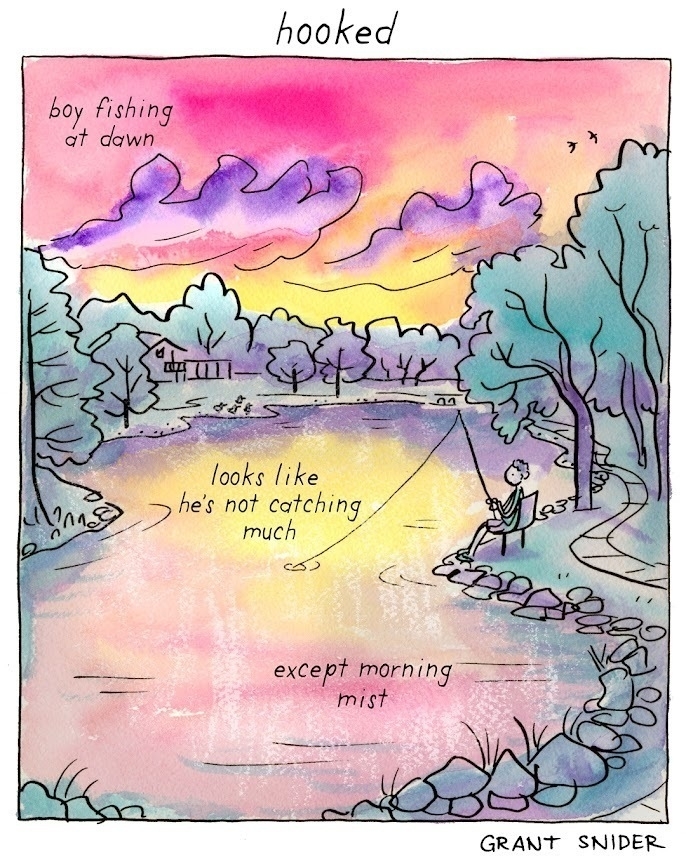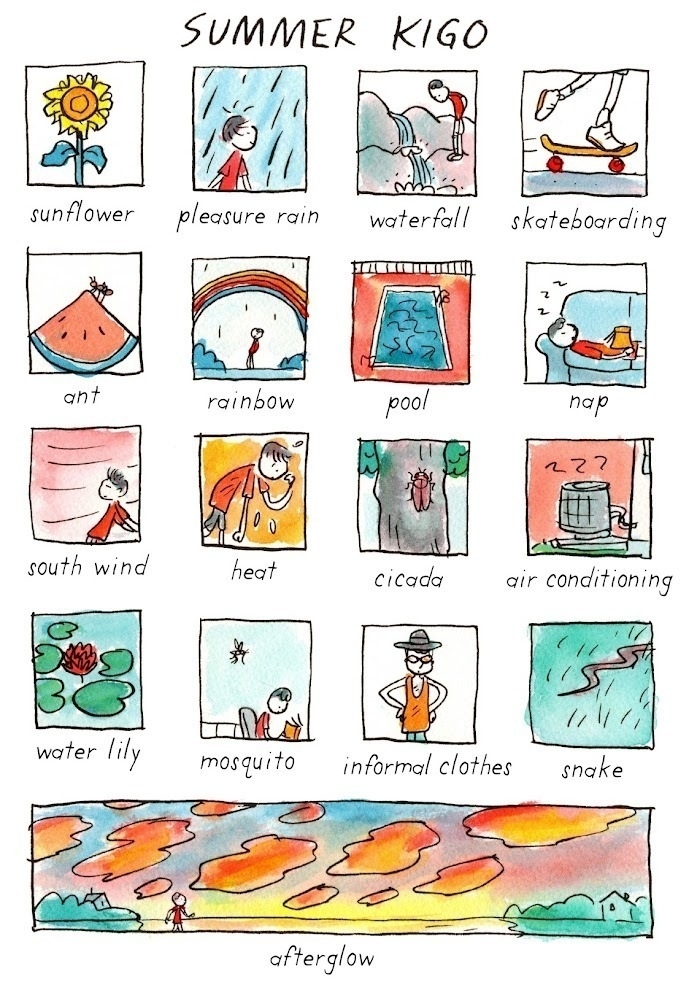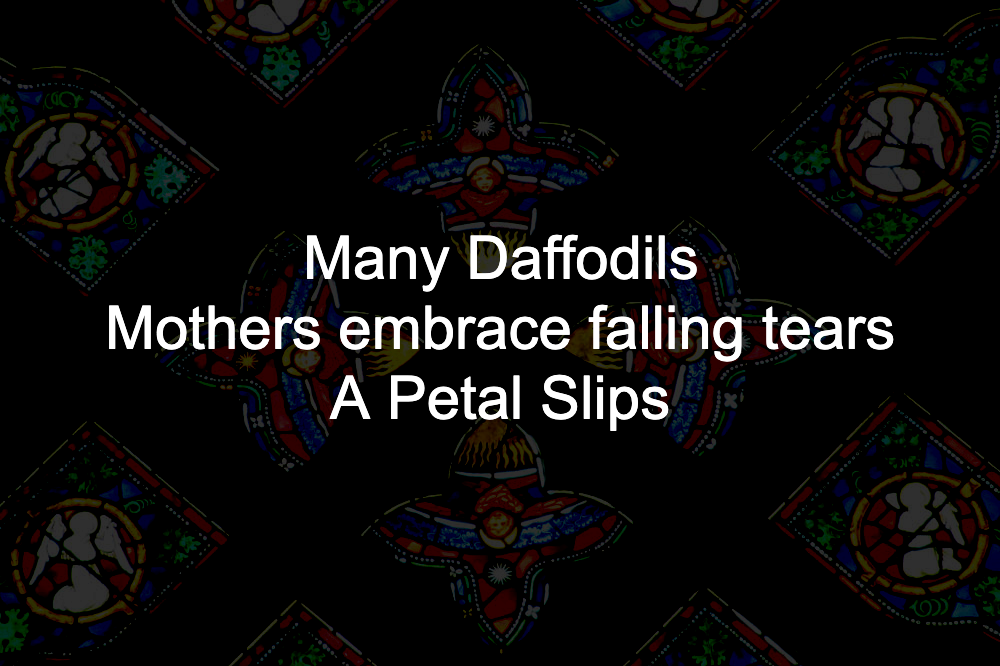How to Haiku

Haiku provide a transformational effect through vagueness that reveal deep metaphors between words. A haiku is a traditional Japanese poem that consists of of three phrases composed of 17 morae, usually in a 5-7-5 pattern.
Moraes do not exists in English. They are somewhere between a syllable and a phoneme. In English a word is made up of syllables, and a syllable is made up of sounds or phonemes. CAT has one syllable, but three phonemes /k/ /a/ /t/. Though in Western Haiku the use of a morae has become synonymous with three lines of 5-7-5 syllables respectively.
In reality it should be 5,7,5 sounds, but that is hard to do semantically in Phonetic languages. So we use syllables and you can break the rules in any poetic format.
Take this example:
new pen footprint in snow to read
That follows a more traditional 5-7-5 sound pattern, but what would be different in the haiku if we used syllable counts:
New pen dances leaving footprints in snow Ink no one will see
What Matters more than Syllables?
In Haiku the sound count is secondary. More important are the concepts of Kigo, Kire, and Ma.
Kigo
Kigo is an allusion to season. They are usually subtle. Like mentioning a Cherry blossom for spring or a hat for winter. In fact a collection of haiku usually gets organized by season

Kire
Kire is a cut phrase. It adds distance. There is no English translation for Kire or Kireji. In Haiku the Kire is often used as the middle verse to make a cut between the Season and the metaphor.
Ma
The final element of the Haiku is the Japanese aesthetic of Ma. Which refers to the space between. Haiku are sparse poems full of deep metaphor. The meaning is found between words. The Kire creates Ma between the other two lines.
Let’s re-examine the example above
New pen dances leaving footprints in snow Ink no one will see
The footprints in the snow have nothing, but everything to do with a pen writing words nobody will read. It provides a hard cut for the metaphor.
Haiku as Metaphor
Too often in American Haiku we treat them more as “limericks” and try to use the Kire as a witty joke or Ka, at the end of the third line. A turn to the whimsical rather than inward reflection. The opposite of Ma
Yes haiku uses imagery, emotional appeal, sound, and figurative language. It is a poem. Yet it also strives for deeper hidden meanings. Usually a haiku includes a concrete image drawn from nature that gets connected to a feeling. Think of a haiku as feelings found in nature. In haiku this imagery get expressed in the minimum through the aesthetic of Ma.
In Haiku we use an “absolute” metaphor rather than expressive metaphors open to interpretation. This connects the concrete with universal truths such as cycles in a season
Tips for New Writers
Forget about the 5-7-5 syllable count for now. Too many new writers fixate on counting word parts and forget about sounds.
Focus on the absolute metaphor. Decide what your poem is about. Choose something concrete. Then describe that thing as a season. Next focus on how you can “cut” that idea to bring a universal truth to your absolute metaphor.
Let’s take shoes for example. We could say
untied sneakers sit Leaves fall on puddles untouched Cracked shoe laces bare
Or we could use Daffodils

Many Daffodils Mothers embrace falling tears A Petal Slips
In both examples we have an absolute metaphor describing shoes or flowers. There is an allusion to season, but the allusion gets cut by a distancing element.
Give Haiku a try.